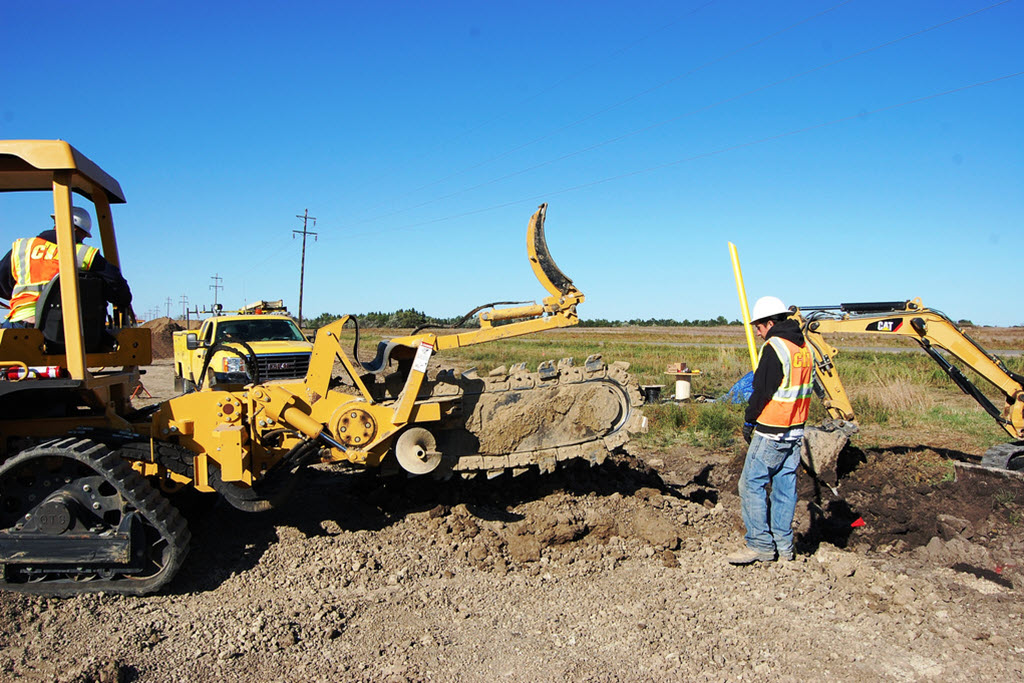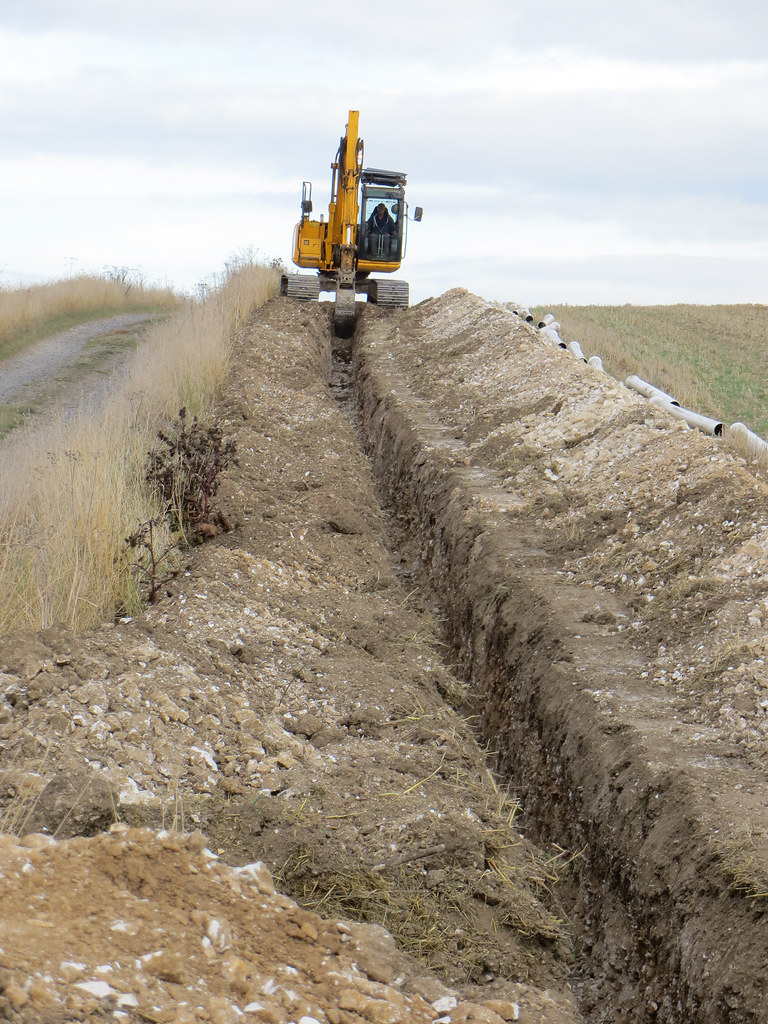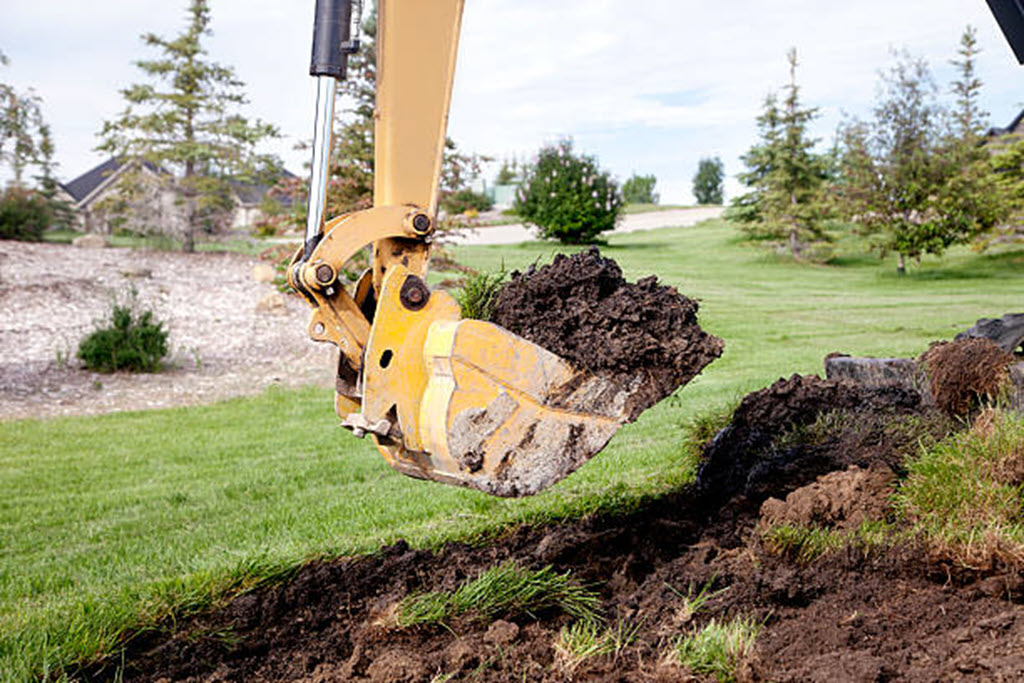Cable Trenchingsin Addison MI
Cable Trenching Done Right for Secure Utility Installations
We Are Locally Owned & Operated For Over 37 Years
Contact Us Today!
We Serve Businesses In And Around The Following Cities:
About Cable Trenchings
Introduction to Cable Trenching in Addison
Known for its robust commercial landscape, Addison, Illinois, is a city where modern infrastructure is a priority. The widespread development and renovation initiatives have emphasized the importance of services like cable trenching in this city. Businesses and property developers are recognizing the value in hiring trenching companies nearby to lay the foundation for their data and utility infrastructures. One such contracting company that has proven its worth in Addison is D&J Contracting. This article will dive into the hefty subject of cable trenching in Addison, explaining its process, the benefits that come along with it, and its myriad real-world applications.
Understanding Cable Trenching Process
The cable trenching process, performed by trustworthy trenching contractors, is a systematic and precise procedure that involves multiple steps. It commences with determining where to dig the trench for installation using high-tech, detailed site maps. Specialty tools like trench diggers are then deployed for effectively excavating the trench, often for utilities, to the correct depth and width. Once trenched, the cable or utility line is carefully laid in the trench. Backfilling then takes place, returning the excavated earth back into the trench whilst ensuring minimal ground disturbance. Businesses, such as D&J Contracting, utilize this process for installations that range from simple cable systems, to complex utility networks, to even preparing a trench for a propane line.
Benefits of Cable Trenching
Cable trenching in Addison brings a plethora of benefits primarily associated with efficient utility line trenching. For starters, it reduces surface disruption caused by alternative methods, such as typical excavations, thus saving on restoration costs. More importantly, it offers higher accuracy and precision for placement of utilities, be it a gas line or fibre-optic cable, ensuring that these systems work optimally post-installation. Moreover, by relying on local trenching and boring contractors, businesses alleviate risk factors tied to zoning laws or terrain-specific challenges in Addison. Engaging with the local leading company like D&J Contracting ensures expert services with a deep familiarity with regional regulations and geology.
Real-World Applications of Cable Trenching in Commercial Properties
In the business-savvy locale of Addison, various applications of cable trenching emerge in commercial properties. For instance, many retail spaces and shopping malls utilize trench digging services for the installation of high-speed internet cables to keep their businesses online and communication lines open. Similarly, data centers require extensive cable systems, reinforcing the relevance of skilled trenching excavation companies to their infrastructure setup.
Century-old buildings undergoing restoration often require major utility upgrades, requiring adept trench digging contractors to handle such intricate tasks. Healthcare facilities, too, rely on stable and secure utility connections for their life-saving equipment, contingent on professional cable trenching. This wide array of applications underscores the versatility of cable trenching services and its scope in Addison’s commercial landscape.
The service’s real impact stands to be appreciated when one sees how efficiently D&J Contracting has executed these specialized trenching tasks across various settings. By counting on their expertise, businesses guarantee themselves a reliable, high-quality cable or utility trenching experience.
The Value of Cable Trenching in Addison
Cable trenching services are central to setting up a solid and reliable infrastructure in commercial properties in Addison. It not only facilitates the seamless implementation of essential utilities but also safeguards the integrity of the systems installed underneath the city’s bustling streetscape. These benefits are most visible in cities like Addison, where the infrastructure needs are complex and diverse, and where businesses value both functionality and aesthetics. Contracting the services of local trenching experts like D&J Contracting means accessing the highest level of professionalism and results that stand the test of time.
As we have learned, the benefits of cable trenching extend well beyond the visible. With the right trenching contractor by your side, you unlock a smoother, more efficient pathway to establishing robust infrastructures. The real-world applications of trenching services in and around Addison are a testament to their significance in this modern world. For those seeking excellent cable trenching services, reaching out to knowledgeable and experienced providers such as D&J Contracting should be a strong consideration.
In conclusion, as buildings rise and cities expand, the demand for reliable, high-quality, and efficient cable trenching services will only grow. Businesses across Addison that understand the value of a solid infrastructural foundation continue to turn to these services and experts in the field, shaping the cityscape and boosting the city’s commercial vigor. By advancing steps towards a better infrastructure with the right trenching partner, your company will make a wise investment towards a stronger, more seamless future.
Cable Trenchings Gallery


Call Us Today to receive your Free Quote for
Cable Trenching in Addison
Serving: Addison, Michigan

About Addison, Michigan
In 1834, three years before Michigan became a state, John Talbot settled along a winding creek in a vast forest, dotted with clear blue lakes and occupied by the Potawatomi. With the raising of a simple grist mill along Bean Creek around December 1835, Addison’s history was started, operating under the settlement name “Manetue.”
Having failed to secure a spot along the river that provided enough water power to run his mill, Talbot dismantled the settlement and moved to the present location of Addison, and by the fall of 1836, milling operations restarted. The town was renamed “Peru” by 1838, and over the next generation would be given several other monikers before the final name of Addison was entered onto plat maps in 1851. Addison J. Comstock, a banker from Adrian, Michigan, purchased a sizable plat of the pioneer town and changed the identity to reflect this acquisition. The village itself was incorporated as such in 1893.
The village grew sufficiently to attract the railroad in 1883, an event which contributed to a sudden expansion of the local economy. Businesses came to Addison in great numbers including a three-story hotel, designed to cater to the visiting tourist. The Addison Courier newspaper started its 76-year run in 1884, and the economic upturn brought on by the railroad continued well after the line ceased to operate through Addison.
One of Addison’s last landmarks, the old grist mill built in 1848, was removed in 1980. Despite the economic downturn of the village in the last half of the 20th century, a large 3-day sesquicentennial celebration was held in 1984. Additionally, a 175th Anniversary celebration spanning only one day was held in the village on August 8, 2009.
In the later 2010s, the medical cannabis industry identified Addison as a community open to economic expansion with provisioning and grow centers. As of 2022, Addison has two open facilities and two additional operations under construction.
Two history books have been written on the village in recent years, “The History of Addison, Michigan” in 1996 and “Memories of Addison” in 2013, both by village historian Dan Cherry. Among the early village historians were A.J. Kempton, Richard DeGreene, J. DeWitt McLouth and Alice Slocum.
Addison got its own radio station in August 2014 with the sign-on of WQAR-LP “Q95 the Panther” at 95.7 FM. The station is owned by Addison Community Schools and programmed by students with classic rock music.
Addison Community Schools is a K-12 central campus with 797 students. The current superintendent is Scott Salow. The school mascot is a black panther.
According to the United States Census Bureau, the village has a total area of 1.00 square mile (2.59 km), of which 0.96 square miles (2.49 km) is land and 0.04 square miles (0.10 km) is water.
| Census | Pop. | Note | %± |
|---|---|---|---|
| 1880 | 291 | — | |
| 1890 | 425 | 46.0% | |
| 1900 | 470 | 10.6% | |
| 1910 | 474 | 0.9% | |
| 1920 | 416 | −12.2% | |
| 1930 | 452 | 8.7% | |
| 1940 | 465 | 2.9% | |
| 1950 | 488 | 4.9% | |
| 1960 | 575 | 17.8% | |
| 1970 | 595 | 3.5% | |
| 1980 | 655 | 10.1% | |
| 1990 | 632 | −3.5% | |
| 2000 | 627 | −0.8% | |
| 2010 | 605 | −3.5% | |
| 2020 | 573 | −5.3% | |
| U.S. Decennial Census | |||
As of the census of 2010, there were 605 people, 245 households, and 156 families residing in the village. The population density was 630.2 inhabitants per square mile (243.3/km). There were 274 housing units at an average density of 285.4 per square mile (110.2/km). The racial makeup of the village was 97.0% White, 0.5% African American, 0.3% from other races, and 2.1% from two or more races. Hispanic or Latino of any race were 1.0% of the population.
There were 245 households, of which 35.9% had children under the age of 18 living with them, 42.0% were married couples living together, 16.3% had a female householder with no husband present, 5.3% had a male householder with no wife present, and 36.3% were non-families. 28.2% of all households were made up of individuals, and 11.8% had someone living alone who was 65 years of age or older. The average household size was 2.47 and the average family size was 3.06.
The median age in the village was 35.1 years. 26.8% of residents were under the age of 18; 10% were between the ages of 18 and 24; 26.3% were from 25 to 44; 26.1% were from 45 to 64; and 10.7% were 65 years of age or older. The gender makeup of the village was 46.8% male and 53.2% female.
As of the census of 2000, there were 627 people, 247 households, and 164 families residing in the village. The population density was 642.6 inhabitants per square mile (248.1/km). There were 265 housing units at an average density of 271.6 per square mile (104.9/km). The racial makeup of the village was 98.41% White, 0.16% Native American, 0.96% Asian, 0.16% from other races, and 0.32% from two or more races. Hispanic or Latino of any race were 2.07% of the population.
There were 247 households, out of which 35.2% had children under the age of 18 living with them, 50.2% were married couples living together, 13.8% had a female householder with no husband present, and 33.2% were non-families. 29.6% of all households were made up of individuals, and 10.5% had someone living alone who was 65 years of age or older. The average household size was 2.54 and the average family size was 3.17.
In the village, the population was spread out, with 31.1% under the age of 18, 9.7% from 18 to 24, 28.2% from 25 to 44, 19.6% from 45 to 64, and 11.3% who were 65 years of age or older. The median age was 35 years. For every 100 females, there were 94.7 males. For every 100 females age 18 and over, there were 87.8 males.
The median income for a household in the village was $35,781, and the median income for a family was $45,313. Males had a median income of $31,875 versus $23,000 for females. The per capita income for the village was $15,883. About 6.0% of families and 8.1% of the population were below the poverty line, including 7.2% of those under age 18 and 7.8% of those age 65 or over.
Call Us Today to receive your Free Quote for
Cable Trenching in Addison
Related Services in Addison, Michigan
We Serve Businesses In The Following Zip Codes:
48007, 48015, 48021, 48026, 48035, 48036, 48038, 48042, 48043, 48044, 48045, 48046, 48047, 48048, 48050, 48051, 48066, 48071, 48080, 48081, 48082, 48083, 48084, 48085, 48088, 48089, 48090, 48091, 48092, 48093, 48098, 48099, 48225, 48230, 48236, 48310, 48311, 48312, 48313, 48314, 48315, 48316, 48317, 48318, 48397